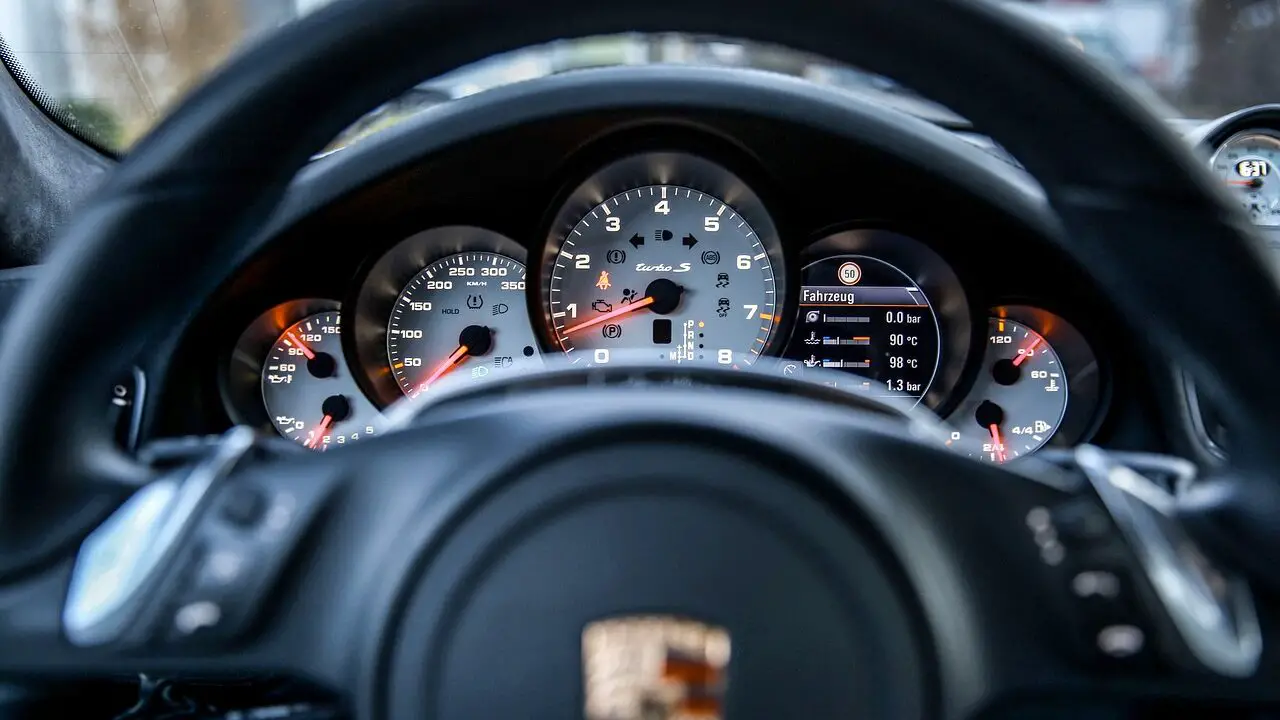Porsche GT3 vs. GT3 RS: A Comprehensive Comparison

Porsche has long been a name synonymous with performance, and the 911 GT3 and GT3 RS models are prime examples of this legacy. Both cars are designed for high-performance driving, yet they serve slightly different purposes within the Porsche lineup. In this article, we’ll delve into the differences and similarities between the Porsche GT3 and GT3 RS, exploring their design, performance, technology, and overall driving experience.
1. Design and Aesthetics: A Closer Look
Exterior Design
The Porsche 911 GT3 and GT3 RS share the iconic silhouette of the 911 series, but there are key differences in their design language. The GT3 focuses on a blend of performance and elegance, while the GT3 RS emphasizes aerodynamics and aggressive styling.
- GT3: The GT3 features a more subtle rear wing, offering a sleek appearance while still enhancing downforce. It maintains a balance between everyday usability and track-focused design.
- GT3 RS: In contrast, the GT3 RS sports a larger, more pronounced rear wing and extensive use of lightweight materials like carbon fiber. The aggressive front splitter and rear diffuser also contribute to its track-oriented aesthetics.
Interior Features
Inside, both models prioritize driver engagement but cater to slightly different preferences.
- GT3 Interior: The GT3’s cabin is luxurious yet functional, with high-quality materials and a focus on comfort. It can be equipped with features like leather upholstery and advanced infotainment systems, making it suitable for both track days and daily driving.
- GT3 RS Interior: The GT3 RS leans more toward a racing-inspired interior. It often includes lightweight bucket seats, minimal sound insulation, and an optional roll cage, prioritizing performance over comfort.
2. Performance and Powertrain: Engine Dynamics
Engine Specifications
Both the GT3 and GT3 RS are powered by a naturally aspirated flat-six engine, but there are differences in tuning and output.
- GT3 Engine: The GT3 is equipped with a 4.0-liter engine that produces around 502 horsepower. This power allows for exhilarating acceleration, enabling the GT3 to reach 0-60 mph in approximately 3.2 seconds.
- GT3 RS Engine: The GT3 RS pushes the envelope further with a higher-output version of the same 4.0-liter engine, generating about 518 horsepower. This slight increase in power, combined with the RS’s lightweight construction, allows it to achieve 0-60 mph in just 3.0 seconds.
Transmission and Handling

Both models utilize a seven-speed PDK (Porsche Doppelkupplung) dual-clutch transmission for quick gear changes. However, the handling characteristics differ.
- GT3 Handling: The GT3 offers a balanced driving experience, suitable for both track and street use. Its suspension is tuned for a mix of comfort and performance, making it a versatile option.
- GT3 RS Handling: The GT3 RS is tuned for maximum track performance, featuring a more aggressive suspension setup and rear-wheel steering, which enhances agility during cornering. This makes the GT3 RS particularly adept at navigating tight tracks and sharp turns.
3. Aerodynamics: Function Meets Form
Downforce and Stability
Aerodynamics play a crucial role in both models, enhancing performance and stability at high speeds.
- GT3 Aerodynamics: The GT3’s aerodynamic enhancements, including its front spoiler and rear wing, provide significant downforce without compromising everyday drivability. This design ensures that the car remains stable at high speeds while still being suitable for daily use.
- GT3 RS Aerodynamics: The GT3 RS features an advanced aerodynamic package designed specifically for track use. The larger rear wing and more aggressive front splitter increase downforce, allowing for greater cornering speeds. The RS’s aerodynamic efficiency means it can generate up to 300% more downforce than the GT3 at certain speeds.
Lightweight Construction
Both models utilize lightweight materials, but the GT3 RS takes it a step further.
- GT3 Construction: The GT3 employs lightweight components, such as aluminum and composite materials, to reduce weight while maintaining structural integrity.
- GT3 RS Construction: The GT3 RS incorporates even more carbon fiber elements, making it lighter than the GT3. This focus on weight reduction enhances overall performance and responsiveness, particularly on the track.
4. Technology and Features: Innovations at Your Fingertips
Infotainment and Connectivity
Both the GT3 and GT3 RS come equipped with modern infotainment systems, but there are differences in focus and features.
- GT3 Technology: The GT3 offers a comprehensive infotainment system with navigation, smartphone integration, and high-quality audio systems. This makes it a comfortable choice for longer drives or daily commuting.
- GT3 RS Technology: The GT3 RS maintains many of the same tech features but prioritizes performance-oriented options. It may include additional telemetry systems that provide real-time data during track sessions, allowing drivers to monitor performance metrics closely.
Driver Assistance Features
While both models focus on driving engagement, they differ in the availability of driver assistance technologies.
- GT3 Assistance: The GT3 can be equipped with various driver assistance features, such as adaptive cruise control and parking sensors, which enhance usability for everyday driving.
- GT3 RS Assistance: The GT3 RS, on the other hand, often opts for a more minimalist approach. It may forgo certain conveniences in favor of weight reduction and a purer driving experience, aligning with its track-focused design philosophy.
5. Pricing and Market Position: Value for Performance
Pricing Structure
The price difference between the GT3 and GT3 RS reflects their respective market positions and performance capabilities.
- GT3 Pricing: The base price for the GT3 typically starts around $160,000, making it a more accessible option for performance enthusiasts looking for a high-quality sports car.
- GT3 RS Pricing: The GT3 RS, being the more specialized model, commands a higher price, starting at approximately $200,000. This price increase is justified by its enhanced performance features and track-oriented capabilities.
Resale Value and Market Demand
Both models have strong resale value, but the GT3 RS often retains its value even better due to its limited production numbers and track pedigree.
- GT3 Resale: The GT3 maintains a solid resale value, appealing to buyers looking for a performance vehicle that balances daily usability with track capability.
- GT3 RS Resale: The GT3 RS, being a more limited edition, often sees a higher demand in the resale market, especially among collectors and track enthusiasts. Its rarity and performance pedigree contribute to its desirability and value retention.
Conclusion
The Porsche GT3 and GT3 RS are two of the most exhilarating models in the 911 lineup, each designed to cater to different driving preferences. The GT3 strikes a balance between everyday usability and performance, making it an excellent choice for those who want a versatile sports car. Meanwhile, the GT3 RS focuses on track performance, delivering unparalleled speed and handling characteristics.
Ultimately, the choice between the GT3 and GT3 RS depends on individual preferences and intended use. Whether you prioritize daily driving comfort or track-focused performance, both models showcase Porsche’s commitment to engineering excellence and driving pleasure. No matter which you choose, owning either model is sure to provide an unforgettable driving experience.






